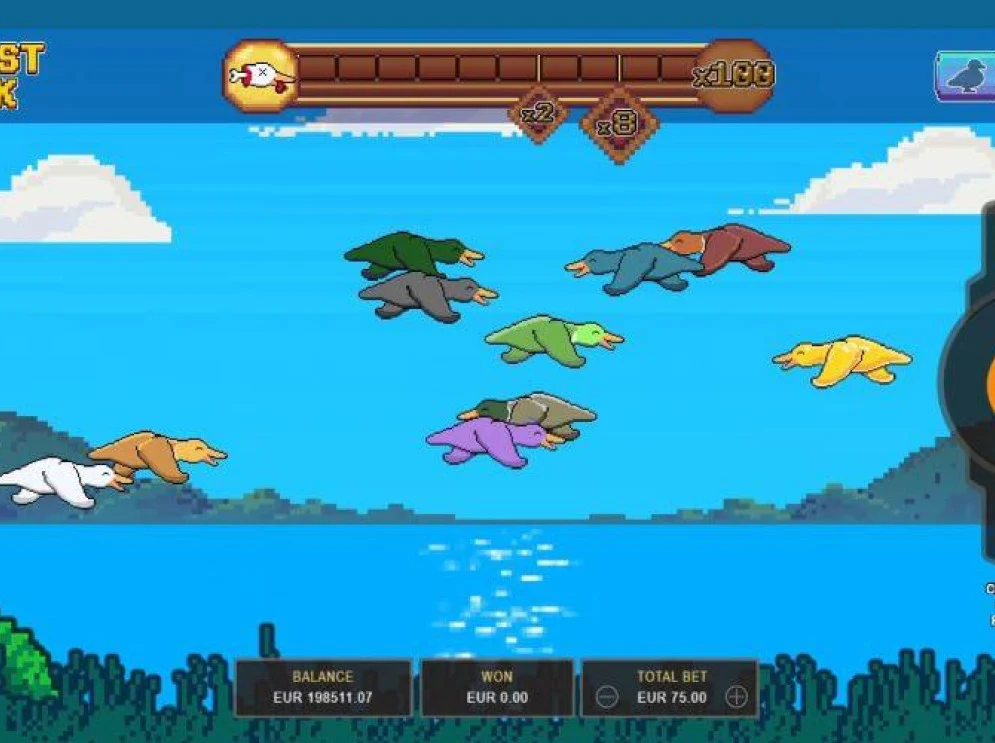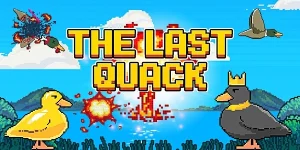In a world where environmental concerns have taken center stage, one group of birds often overlooked is the waterfowl. These magnificent creatures play a vital role in our ecosystem, but many species are facing the threat of extinction. This article delves into the world of endangered waterfowl, shedding light on their significance, the challenges they face, and what we can do to protect them.
The Importance of Waterfowl
Waterfowl, including ducks, geese, and swans, are essential ecosystem engineers. Here are some of the key ways in which they contribute to the environment:
1. Ecosystem Engineers
Waterfowl help maintain the balance of wetland habitats by feeding on aquatic plants and insects. This activity prevents overgrowth and ensures the survival of other species. For example, by feeding on excessive aquatic vegetation, they prevent the choking of water bodies, allowing sunlight to penetrate and aiding the growth of underwater plants and algae, which in turn provide oxygen and food for various aquatic creatures.
2. Seed Dispersers
Waterfowl serve as natural seed dispersers, playing a vital role in the propagation of plant species. As they travel across vast wetlands, they inadvertently transport seeds from one place to another. These seeds are often carried on their feathers or in their digestive tracts and are deposited in new locations, aiding in the growth of diverse plant species. This process enhances the biodiversity of wetland ecosystems and contributes to their overall health.
3. Nutrient Cycling
Waterfowl also play a crucial role in nutrient cycling within wetland ecosystems. They consume organic matter and excrete nutrient-rich waste into the water. These nutrients, such as nitrogen and phosphorus, act as natural fertilizers, promoting the growth of aquatic plants and algae. In turn, these plants and algae provide essential food for other aquatic organisms, creating a complex and interconnected web of life in wetlands.
4. Indicator Species
Certain waterfowl species, such as the Mallard duck, can act as indicators of environmental health. Their presence or absence in wetlands can signal changes in water quality and habitat conditions. Monitoring the population and behavior of these birds can provide valuable insights into the overall well-being of wetland ecosystems.
Understanding the vital roles that waterfowl play in our environment highlights the urgency of conserving these species and their habitats. The interconnectedness of ecosystems means that the decline of waterfowl populations can have far-reaching consequences for the health of our planet.
Endangered Waterfowl: A Growing Concern
Despite their ecological importance, many waterfowl species are facing significant threats to their survival. Let’s take a closer look at a couple of the most endangered waterfowl species and the challenges they encounter:
The Pintail Duck
The Northern Pintail duck, known for its elegant appearance and distinctive long tail feathers, is among the most threatened waterfowl species. Several factors contribute to its declining population:
- Habitat Loss: Urbanization and the conversion of wetlands for agricultural purposes have led to a significant loss of the pintail duck’s natural habitat. As wetlands disappear, these birds struggle to find suitable breeding and feeding grounds.
- Pollution: Pollution of water bodies, caused by industrial and agricultural runoff, poses a direct threat to pintail ducks. Contaminated water can lead to illness and reduce the availability of clean food sources.
The Red-Crowned Crane
The Red-Crowned Crane, known for its striking appearance and cultural significance in some Asian countries, faces similar challenges:
- Habitat Destruction: The destruction of wetlands and grasslands for urban development and agriculture has severely reduced the crane’s breeding and feeding areas. Loss of habitat fragments their populations, making it harder for them to find suitable mates.
- Illegal Hunting: Despite legal protections, the Red-Crowned Crane is still hunted for its feathers and as a symbol of status. Poaching remains a significant threat to their survival.
Understanding the specific challenges faced by these endangered waterfowl species underscores the need for urgent conservation efforts. In the next section, we will explore some of the initiatives and strategies in place to protect these remarkable birds and their habitats.
The Conservation Efforts
Wetland Preservation
Preserving wetlands is paramount to waterfowl conservation. Governments and organizations worldwide are working to protect these critical habitats.
Captive Breeding Programs
Captive breeding programs aim to increase the population of endangered waterfowl species. These efforts provide a lifeline for the survival of these birds.
Challenges Faced by Waterfowl Conservation
Climate Change
Climate change poses a significant threat to waterfowl as it alters their migration patterns and disrupts their habitats.
Pollution
Pollution from industrial and agricultural sources contaminates water bodies, making it difficult for waterfowl to find clean and safe feeding grounds.
The Human Connection
Bird Watching
Bird watching is a popular recreational activity that fosters awareness about waterfowl and their habitats.
Eco-Tourism
Eco-tourism can provide economic incentives for communities to protect wetlands and the waterfowl that inhabit them.
Take Action
Support Conservation Organizations
Supporting organizations dedicated to waterfowl conservation can make a significant difference in their survival.
Raise Awareness
Spread the word about endangered waterfowl and the importance of protecting their habitats through social media, local events, and educational programs.
The Last Quack: A Chronicle of Endangered Waterfowl highlights the urgent need to protect these incredible birds and the ecosystems they inhabit. By understanding their importance and the challenges they face, we can work together to ensure a brighter future for waterfowl.
FAQs
1. What are the main threats to waterfowl?
- The main threats to waterfowl include habitat loss, pollution, climate change, and illegal hunting.
2. How can I contribute to waterfowl conservation?
- You can contribute by supporting conservation organizations, raising awareness, and participating in eco-tourism activities.
3. Why are wetlands important for waterfowl?
- Wetlands provide essential habitat and food sources for waterfowl, making them crucial for their survival.
4. Are there any success stories in waterfowl conservation?
- Yes, some species have seen population recoveries thanks to dedicated conservation efforts and captive breeding programs.
5. What can governments do to protect waterfowl?
- Governments can enact and enforce laws to preserve wetlands, regulate hunting, and reduce pollution to protect waterfowl and their habitats.


